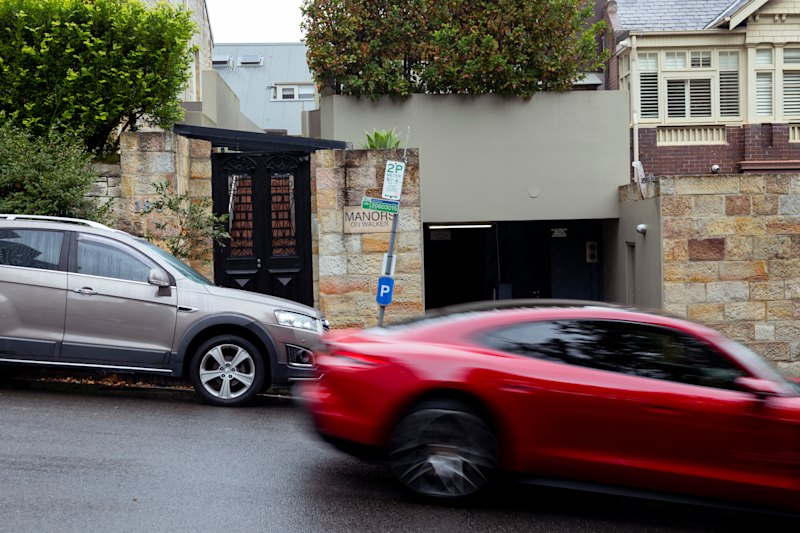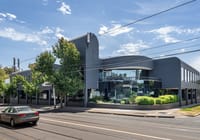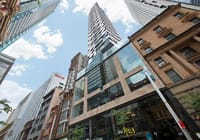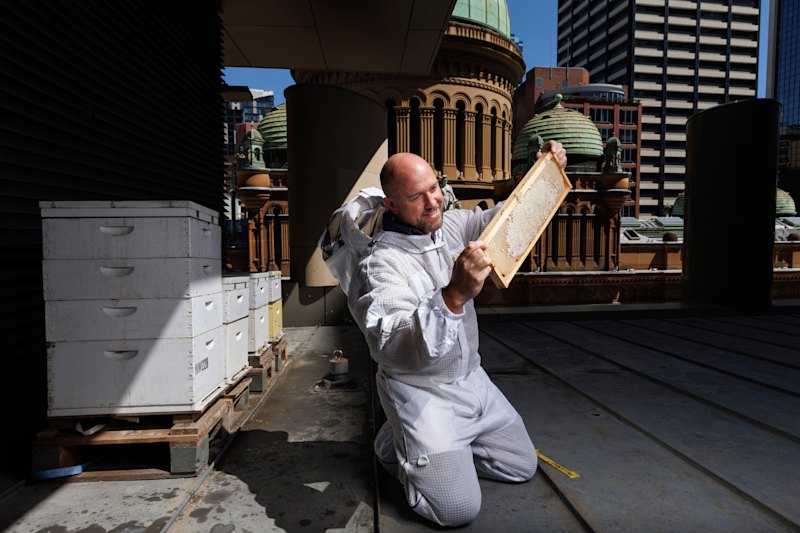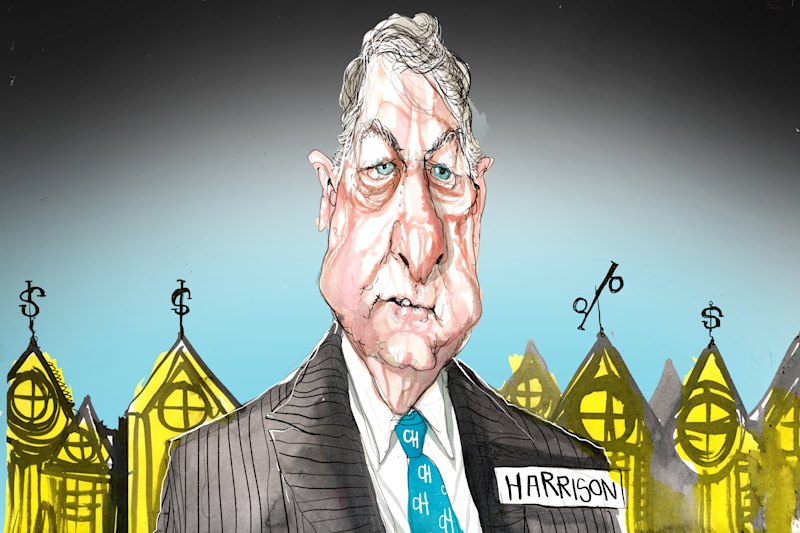
The ‘pressure cooker’ set to push property values higher
Even at the darkest moments of the property sector’s recent downturn – when valuations were falling, interest rates were rising and investor interest was drying up – David Harrison never lost faith. The chief executive of the $11 billion listed property giant Charter Hall has seen too many boom-and-bust cycles to get panicked by a little market turbulence.
But on Thursday, Harrison perfectly captured the mood of the listed property sector by firing the starting gun on a new chapter of growth.

“We think we are in the early stages of an asset recovery cycle,” he told Chanticleer, after delivering a 7.3 per cent increase in operating earnings for 2025, and delivering guidance for 10.6 per cent growth in 2026.
“We are seeing FOMO emerge on the buyer front and the investor front. And very few decent assets are available for sale in many sectors. That’s when you get a pressure cooker on asset values.”
Over the past week, Chanticleer has spoken with the chief executives of several major listed property groups, including Mirvac chief executive Campbell Hanan, Stockland boss Tarun Gupta, Lendlease chief executive Tony Lombardo and Dexus boss Ross Du Vernet.
The message has been clear: the sector is at an inflection point and confidence is building. Even in the office market – the asset class hit the hardest by falling valuations and historically high vacancy rates – there is optimism that demand for premium properties from tenants and investors is returning.
“We think we’re through the worst,” says Du Vernet, who runs Australia’s biggest office landlord. “We genuinely think this is a great time in the cycle to be investing.”
“There’s too much money going into the non-bank lending sector and being invested in debt in the development sector.”
Charter Hall chief executive David Harrison
The optimism is built on three factors.
First, interest rates have fallen and will continue to decline, with Harrison estimating the weighted average cost of capital has fallen from about 6 per cent at the start of the year to about 4.5 per cent. This has been vital for stabilising valuations across the board; 70 per cent of Dexus portfolio enjoyed an increase in valuation in the June half, for example.
The second factor is the return of investor interest. Yes, rate cuts and the stabilisation of valuations are vital – “Pension funds typically have been on the sidelines, [it has] been very hard for them to invest while the knife has been falling, so to speak,” Du Vernet says – but Harrison says there are other factors at play.
The surge in equity markets has left many institutional investors underweight their strategic allocation to property through what’s known as the denominator effect. Harrison, a frequent and vocal critic of Australia’s private credit sector, also expects retail and wealthy investors will swing back to core property asset classes after being burnt by losses in private credit.
“There’s too much money going into the non-bank lending sector and being invested in debt in the development sector. It’s not debt, it’s equity,” he says, predicting that many private credit property developments will sour, forcing lenders to convert debt to equity as we’ve already seen in a handful of prominent projects.
A search for yield after the prudential regulator killing off bank hybrids could also lead investors back towards property, Harrison says.
But the third factor set to push valuations higher is the restricted supply of new property across virtually every property sector. Clearly, this story is well-known in residential property markets, but it has become a feature of the retail, industrial and office markets, too.
Lendlease, Mirvac and Stockland all reported better news on construction cost inflation, but it is still more expensive to build a new asset than it is to buy an existing one, whether it’s an apartment, an office tower or a warehouse
“When you go through a period of really high inflation growth in construction costs, it’s very, very difficult for a market to gobble that up and deliver supply, because the economic rent you need to get to justify developing it is higher,” Mirvac’s Hanan says. “It’s all about existing markets relative to future markets.”
Harrison says the collision of rising buyer interest, limited new supply and existing property owners who are unwilling to part with the best assets only leads to one outcome: rising valuations. “I think all real estate sectors are trending up. You always want to be buying at the start of the upcycle,” Harrison says.
ASX investors are starting to get the message. The ASX 200 A-REIT index is up 28 per cent since the market bottomed in early April, and up 6 per cent since the start of the month. But it’s important to note three caveats to this rosy outlook.
Location, location, location
The first issue is that nearly every property chief executive says investors will need to tread carefully between asset classes and inside them. Office property, for example, is clearly going to lag retail and industrial policy, given vacancy rates across office remain very high.
But there are big differences within the office sector: Brisbane is booming, while Melbourne is struggling. Even within the Sydney CBD, being out of the golden rectangle from Martin Place to Circular Quay makes life hard.
“We had a wonderful period from 2014 through to 2020 where interest rates fell and capital values went through the roof – it didn’t really matter what asset class, everything went up. Now, I think it’s just a far more discerning market where the quality of what you own, the location it sits, really matters,” Hanan says. “The rising tide isn’t lifting every boat any more.”
Lombardo says Lendlease is cautious about where it plays: it’s doubling down on defence and data centre projects for example, and has a full book of work developing sites above railway stations, but it is cautious on office developments and playing carefully in residential.
A second potential problem is a renewed spike in construction costs as rising demand collides with the skills shortages that exist across the sector.

Stockland’s Gupta says the issues are particularly prevalent in residential construction, where he plans to increase settlements from 7300 lots in 2025 to 9000 in 2026.
“As the market starts to pick up, we think there are capacity constraints in the economy,” Gupta says. “There’s a very significant one on skills, the ability for councils to approve new projects, because they’ve lost productivity and they lack resources.”
Gupta says this problem is already emerging in the West Australian market, which is suffering skills shortages.
The worst outcome from a rise in construction costs would be a rise in selling prices, because it could snuff out any rise in building activity.
Scaring off foreign buyers
The final caveat is around Australia’s second-biggest state. Victoria, Harrison says, remains the nation’s problem child, particularly for the commercial property sector.
The problem, as Harrison says he has explained to the Victorian government, is that foreign buyers now face hefty land taxes and extra stamp duty charges.
“To have the privilege of owning real estate in Victoria if you’re a foreigner, you now pay 7 per cent land tax per annum,” Harrison says.
Foreign buyers simply aren’t bothering with transactions in the state. With foreign buyers effectively abandoning the market, domestic buyers and sellers are also looking elsewhere.
“There’s virtually been a zeroing out of transaction volumes,” Harrison says in exasperation. That means that whatever the Victorian government expected to receive in extra tax revenue has gone up in smoke.
And don’t get Harrison started on Premier Jacinta Allan’s move to enshrine work-from-home rights. “It’s the biggest own goal I’ve ever seen,” he says.


